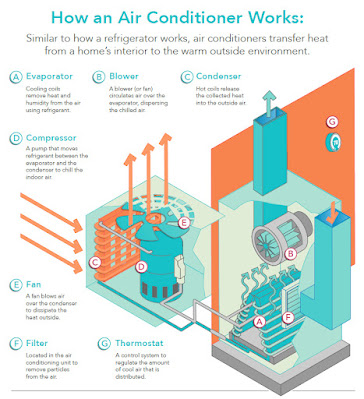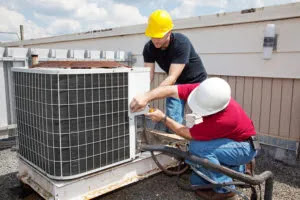FANS AS A COOLING SYSTEM.

Fans are mechanical devices used to generate airflow and create a cooling effect. They are widely used in homes, offices, industrial settings, and outdoor spaces. It is important to note that fans primarily provide a cooling sensation by circulating air but do not lower the temperature in a room. In areas of high humidity, fans may not be as effective, as they mainly create a cooling effect through evaporation. Types of fans These are just a few examples of the many types of fans available. Each type has its own unique features, applications, and benefits, allowing for customized airflow and cooling solutions based on specific needs. There are several types of fans available, including: Ceiling Fans Ceiling fans are mounted on the ceiling and circulate air within a room. They typically have multiple blades and are operated by a pull chain or remote control. Ceiling fans help create a cooling breeze and can also be used to distribute warm air during colder months. Pedestal Fans Pedestal...





